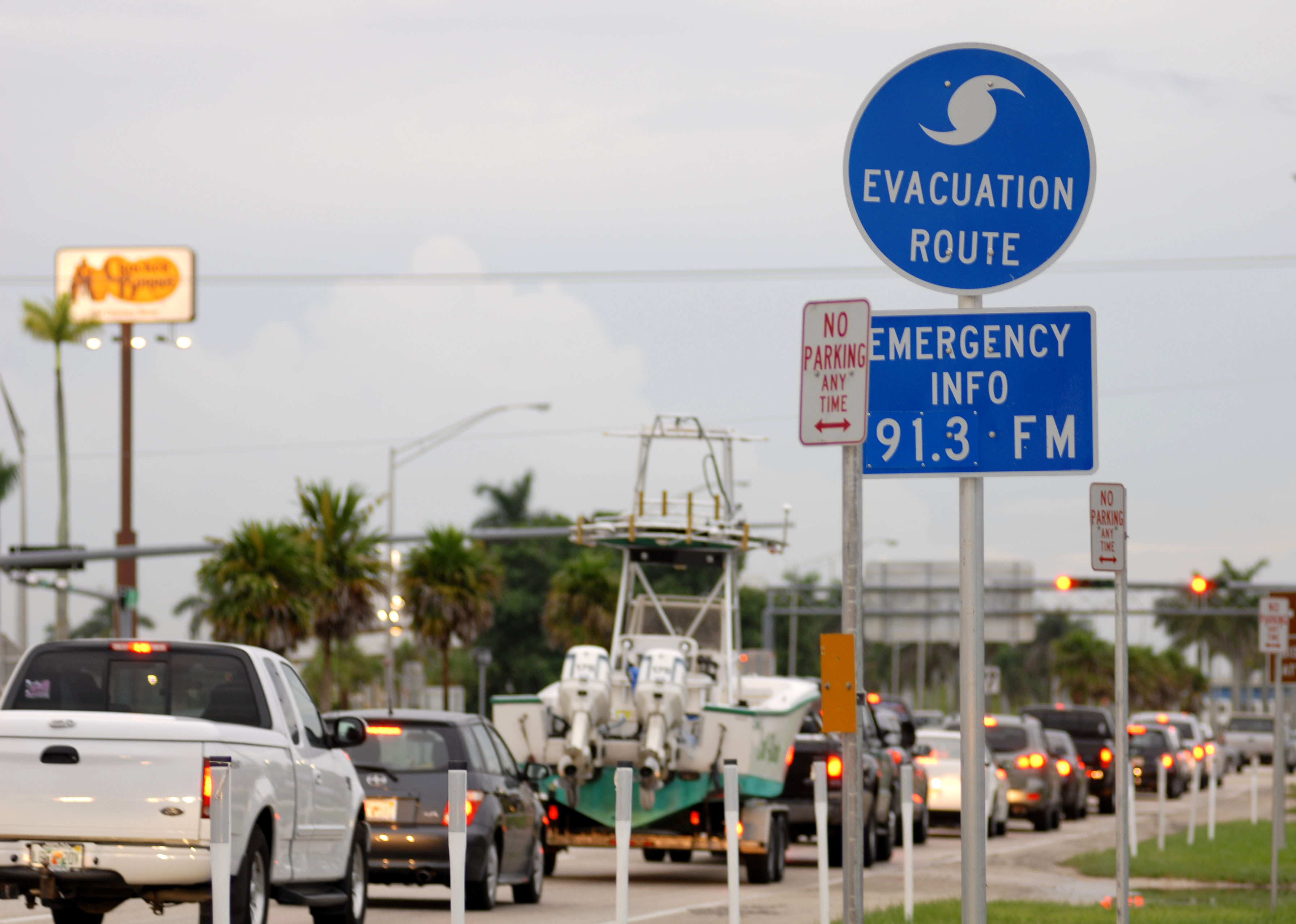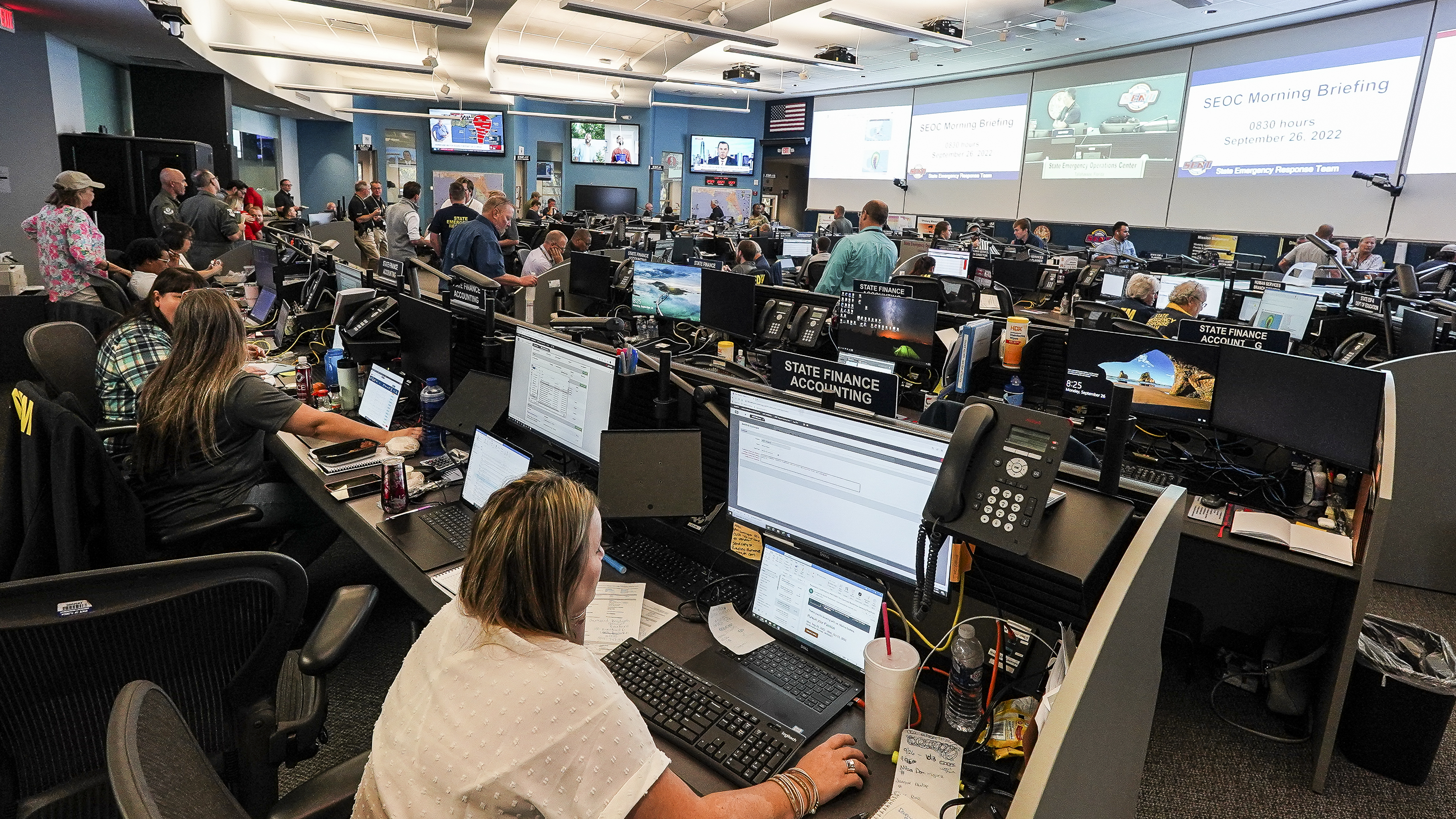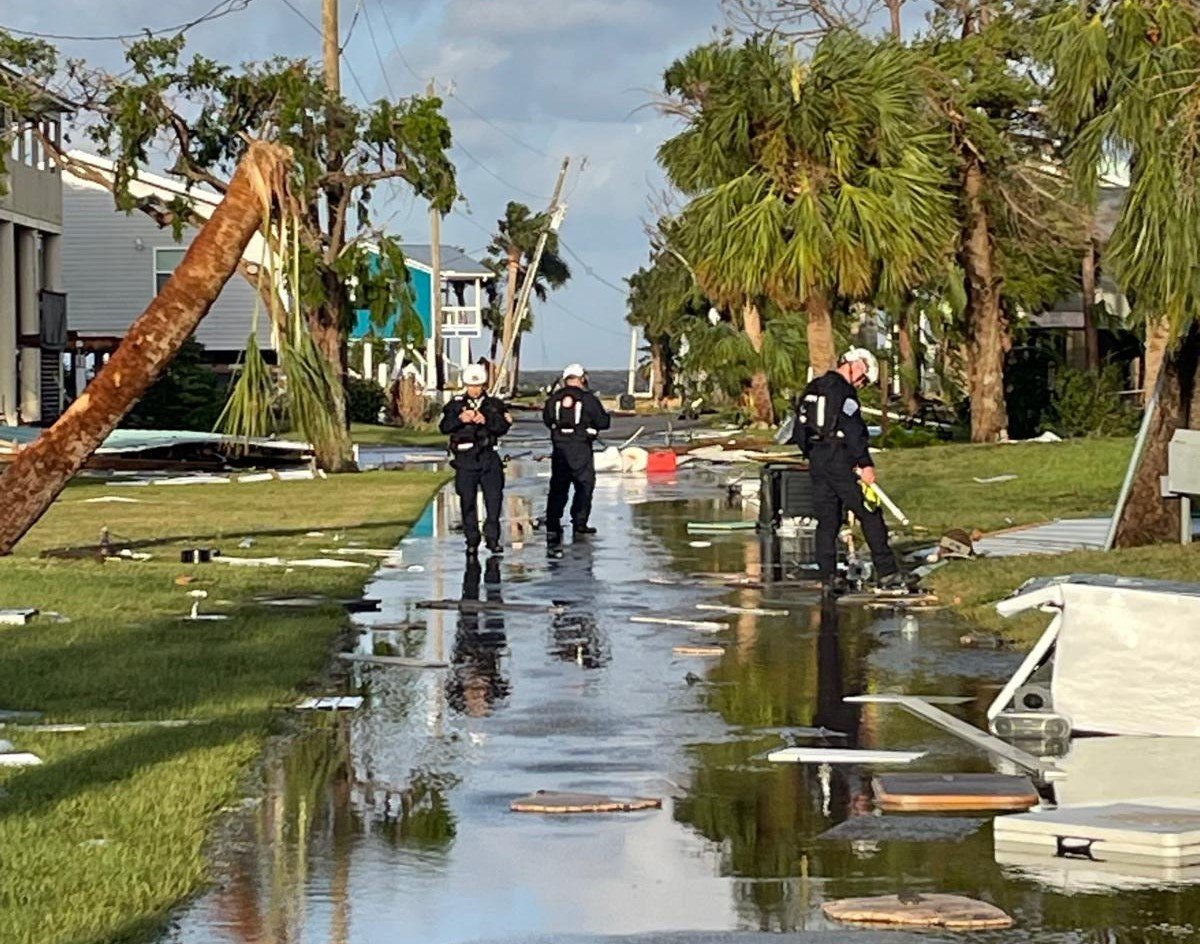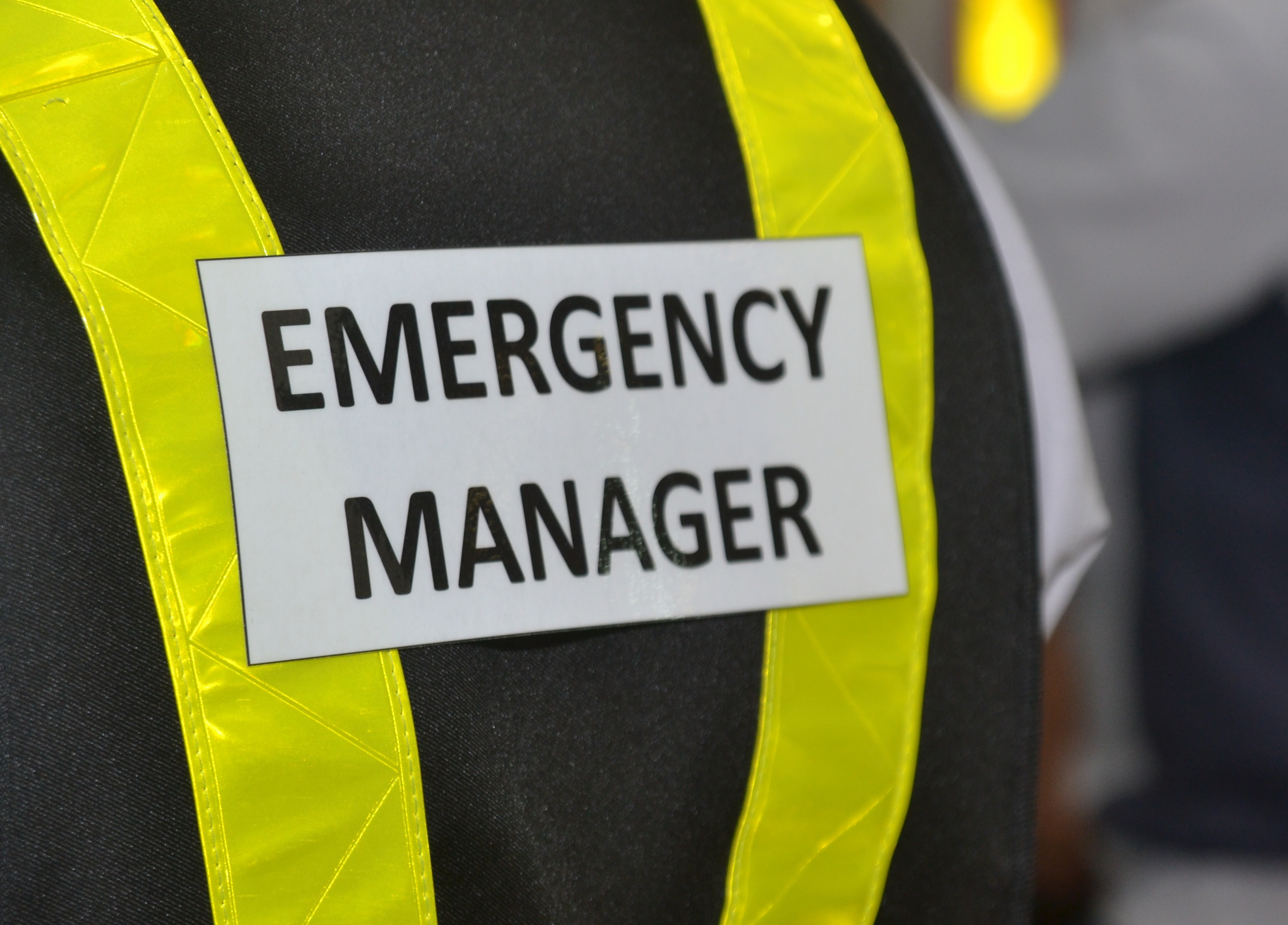Emergency management is undergoing a profound transformation, facing unprecedented challenges that demand a new breed of leaders. As disasters become more frequent, complex, and interconnected, emergency managers (EMs) must respond to an ever-expanding array of crises, highlighting the need for adaptive, resilient leadership skills. While emergency management agencies nationwide face personnel shortages and compounding challenges in response operations, a key recruiting and retention tool is developing professionals who can lead up, down, and out.

Realizing this shift, the Florida Division of Emergency Management (FDEM) identified a crucial gap in developing mid-level leaders in the EM community. The agency partnered with McChrystal Group to launch one of the nation’s first transformative Mid-Level Leadership Development Program tailored specifically for Emergency Managers. While technical training for emergency response was already available, comprehensive leadership development programs that teach the hard and soft skills of leading unique individuals and managing complex team dynamics were hard to find or didn’t exist.
To address this gap, FDEM and McChrystal Group designed a leadership development program to address the EM  community’s most pressing leadership gaps and deliver immediate, actionable value, building a more resilient and effective emergency management workforce.
community’s most pressing leadership gaps and deliver immediate, actionable value, building a more resilient and effective emergency management workforce.
“By advancing leadership skills among our emergency managers, we are not only enhancing our capability to effectively respond to disasters but also ensuring the sustainable growth and readiness of our emergency management workforce,” said FDEM Director Kevin Guthrie. “This program is a testament to our commitment to the safety and security of our state and its people."
Challenges:
- Varying Experiences and Skillsets: Despite consistent position-based training like Incident Command System, EMs possess a diverse tapestry of experiences and skill levels within FDEM and its state, local, and university system partners. Some EMs boast decades of field experience but little formal leadership training, while others are newer to the field but have management backgrounds from other sectors. This meant learning designers at McChrystal Group had to craft a program that leveraged these differences and experiences to create an engaging and productive adult learning environment.
- Barriers to Communication and Collaboration: Many in the emergency management community have struggled with communication and collaboration within their teams and across agencies. Silos between departments, jurisdictions, and levels of government often hindered response efforts. Any leadership program must address this head-on, fostering skills to break down these barriers and promote seamless teamwork in crises in the Emergency Operations Center and the blue-sky days to drive the day-to-day actions.
- Lack of Decision Space: Emergency Managers often struggle with creating decision space in high-pressure environments, especially when dealing with incomplete or rapidly changing information. This lack of decision space can lead to delayed responses and a lack of cohesion during crises, ultimately impacting overall response effectiveness. Moreover, the inability to carve out decision space during blue sky days hampers proactive planning and preparedness efforts, limiting opportunities to strengthen readiness and build strategic initiatives for long-term resilience.
- Reacting, not Leading: Mid-level leaders often find themselves caught in a reactive cycle, spending so much time responding to daily crises that they cannot engage in proactive, long-term planning. This leaves teams unprepared for future emergencies and diminishes the overall effectiveness of response strategies. It can also impact the emotional intelligence needed to navigate the complex human dynamics of a high-stress environment, leading to difficulties in understanding and managing the emotions of their team members and their own. This often results in reduced team morale and increased burnout as leaders struggle to manage their teams from a values-centered position. Without consistent values-based leadership guidance, team leads struggle to address poor performance or confront conflicts, which creates inconsistency in leadership behaviors and undermines team trust and accountability.
Perhaps the most daunting challenge was the nature of emergency management itself. How do you develop a program for rofessionals who might be called away at a moment's notice to handle a real-world crisis? Addressing these challenges would require innovative thinking, adaptable strategies, and a deep understanding of the unique pressures leaders face in this critical field.
Solutions:
- Creating Community: The first step was to address the differences in experience levels and backgrounds. FDEM and McChrystal Group rolled out the program in cohorts, allowing for personalized attention and fostering a sense of community among participants. The curriculum blended theoretical concepts with practical applications, ensuring participants could immediately apply their learning to their daily roles - despite previous skill levels or leadership experience.
- Instilling Collaborative Behaviors: Learning designers established a hybrid delivery system that kicked off with an intensive, in-person, two-day kickoff session. Next, the cohorts would attend regular virtual touchpoint meetings and peer coaching groups to establish and build behaviors that foster collaboration and shared consciousness across functional teams and interagency partners. To further build collaborative behaviors, training sessions focused modules on the Team of Teams® framework, a proprietary leadership model that helps organizations realize the highest levels of collaboration and empowered execution. This format paid off, with 89 percent of participants feeling better prepared to drive effective cross-functional collaboration after the program.
- Making space for Decisions: The leadership development program integrated scenario-based training to enhance decision-making under pressure. It taught leaders to prioritize critical information and apply a systematic approach to urgent decision-making. This training increased participants’ confidence in their decision-making abilities, with 81% reporting a marked improvement.
- Effective Conflict Management: During introductory interviews, many mid-level leaders reported little confidence in confronting or addressing poor performance in subordinates. This prevented mid-level leaders from managing their teams from a values-centered position. Learning designers introduced practical conflict management skills and used role-playing scenarios and exercises to reinforce this training. Participants gleaned a lot from this walk, run, crawl approach to conflict resolution, and 89% reported strengthened skills in communication following the course.
The training introduced emotional intelligence frameworks and practical empathy, self-awareness, and active listening exercises. Role-playing and feedback sessions helped participants apply these skills, resulting in improved team communication and a more supportive work environment. Participants were trained in value-based leadership principles, learning to anchor their actions and decisions in the organization’s core values. After the training, 89 percent of attendees felt better prepared to build a culture of trust in their teams. Through conflict resolution and feedback scenarios, leaders practiced addressing issues directly while upholding these values, strengthening team culture and trust. - Building Strategic Foresight: The program emphasized strategic foresight through workshops on scenario planning and prioritization techniques, enabling leaders to carve out time for future-oriented thinking. Participants learned to balance immediate needs with long-term objectives, leading to an 81% improvement in strategic planning skills.
Impact:
The program has already had a transformative effect on FDEM's leadership culture. Participants reported feeling more confident in their roles, better equipped to handle complex situations, and more connected to their peers across different agencies. The emphasis on practical application has led to immediate improvements in team performance and decision-making processes.
 Post-program surveys showed marked improvements in the attendees' ability to navigate difficult conversations (85% confident, up from 50%), set priorities for their teams (83% confident, up from 42%), and delegate decision-making authority (83% confident, up from 53%).
Post-program surveys showed marked improvements in the attendees' ability to navigate difficult conversations (85% confident, up from 50%), set priorities for their teams (83% confident, up from 42%), and delegate decision-making authority (83% confident, up from 53%).
FDEM has already started seeing the results firsthand, with participants noting a significant shift in team dynamics and cross-functional collaboration.
"Outsiders have already started commenting on changes within my team…since returning from our first session,” said another attendee. “By placing tools in my toolkit that are truly allowing me to get my 'eyes up' as a leader, I am seeing growth in my team already!"
The FDEM Mid-Level Leadership Development Program represents a significant step forward in addressing the evolving challenges of emergency management leadership. By investing in the development of its mid-level leaders, FDEM has not only enhanced individual performance but has also fostered a more collaborative, efficient, and resilient emergency management community in the Southeast region.
“FDEM has always had some of the best emergency managers, but now, we have some of the best leaders,” said Guthrie. “In the wake of the historic 2024 Hurricane Season, our team has reached new levels of collaboration, communication, and capability because of their ability to lead in the face of crisis.”
Moreover, this initiative's impact reaches far beyond Florida's borders. As emergency management agencies across the nation grapple with similar challenges, FDEM's program serves as a model for how targeted leadership development can address critical gaps in the field and continues to build regional relationships by extending invites to participants from Louisiana, Virginia, Alabama, and North Carolina. The emphasis on cross-functional collaboration, strategic decision-making, and adaptive leadership aligns with the evolving nature of emergencies and disasters, as highlighted in recent research (Marcus et al., 2019; Renn, 2021).
Looking to the future, this program's success underscores the need for continued investment in leadership development
 in emergency management. Programs like FDEM's Mid-Level Leadership Development initiative are crucial in building the capacity and resilience needed to meet these challenges head-on. "Having been in EM since 1993, this was the first course geared toward me as an Emergency Manager,” said one cohort participant. “The course made me feel understood."
in emergency management. Programs like FDEM's Mid-Level Leadership Development initiative are crucial in building the capacity and resilience needed to meet these challenges head-on. "Having been in EM since 1993, this was the first course geared toward me as an Emergency Manager,” said one cohort participant. “The course made me feel understood."
FDEM's Mid-Level Leadership Development Program represents a significant step forward in emergency management training and preparedness. By equipping its leaders with the skills, mindsets, and networks needed to navigate an increasingly complex threat landscape, FDEM is preparing for the next crisis and setting a new standard for emergency management leadership in the 21st century.
With over 90% of participants reporting improvements across crucial leadership skills and high satisfaction rates, the Mid-Level Leadership Development Program has proven to be a highly effective initiative in addressing the evolving challenges of emergency management leadership. As the field continues to evolve, initiatives like this will be instrumental in building a more resilient, adaptive, and effective emergency management workforce capable of safeguarding communities in an ever-changing world.
Interested in learning how leader development can empower your teams? We can help.
Marcus, L. J., McNulty, E. J., Henderson, J. M., & Dorn, B. C. (2019). You're It: Crisis, Change, and How to Lead When It Matters Most. Hachette UK.
Renn, O. (2021). New challenges for risk analysis: systemic risks. Journal of Risk Research, 24(1), 127–133. https://doi.org/10.1080/13669877.2020.1779787




